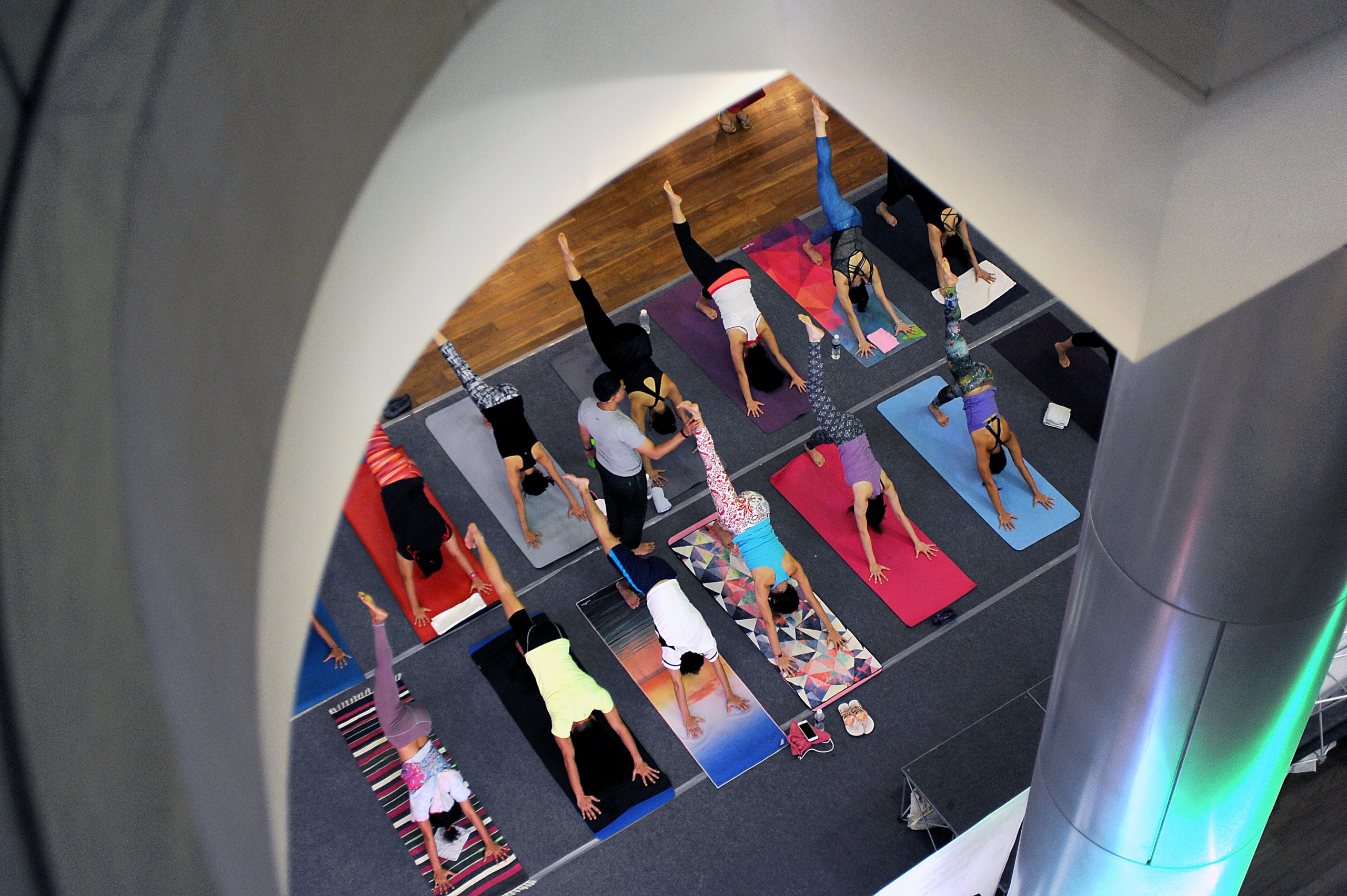It’s easy to prepare and lease spaces for the big brands. But, as consumers trend toward those local, niche vendors they can easily find marketed online, malls must pivot to be included. With a few layout tweaks, enhanced service and specific attention to your guest’s experience, you can be on your way to crafting the “it” space in your neighborhood, and reaping the rewards without sacrificing the advantages of leasing to national brands. Flexible design allows malls to become a destination for local consumers as well as a convenient place to shop, which can be used to create symbiotic relationships between big-box and local entities in these three ways:
Encouraging store sponsorship of events:
Whether it’s an athletic-wear company offering a weekly yoga sessions from a local studio or a specialty foods merchant hosting a wine tasting, niche events draw people into commercials spaces for more than just transaction experiences. Designing flexible retail spaces and common areas with special events in mind can make for higher revenue in the future. Once a visitor is drawn into a mall for an event, they may be enticed to spend more there after the event to catch a movie, eat a meal and then buy that belt they’ve been meaning to pick up.
Allowing locations for pop-up retail
We’re all familiar with the guy at the cart offering hand cream samples every time you walk by, but imagine a more robust, less predictable pop-up shop environment. From a local jewelry artist one week to a skin consultation from a new skin care company the next, flexible retail spaces can offer a unique experience for guests by building novelty and excitement for customers who crave something new.

Offering changing food experiences
While restaurants with high brand recognition can be great staples, local fares can also help draw more customers in. Weekend Farmer’s Markets, food truck fairs, or even a demonstration hosted by a chef are great examples of low-cost foodie events that draw buyers in to stay a while.
Cyber retail competition and the consolidation of department store anchors can make change feel risky. Careful planning, timing and phasing can take the sting out of the experience. To easily allow these events to happen, our Retail Experts advise planning flexible spaces, from a central green space or a smattering of little nooks around the campus, that can swing from one experience to the next with little downtime.





